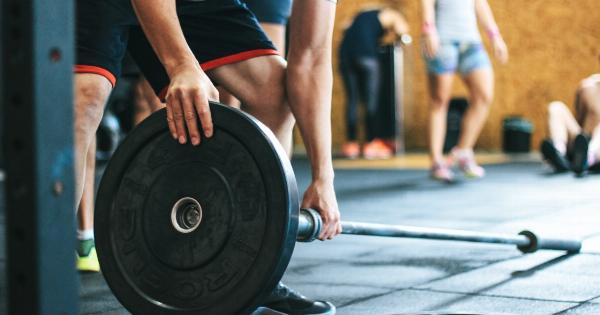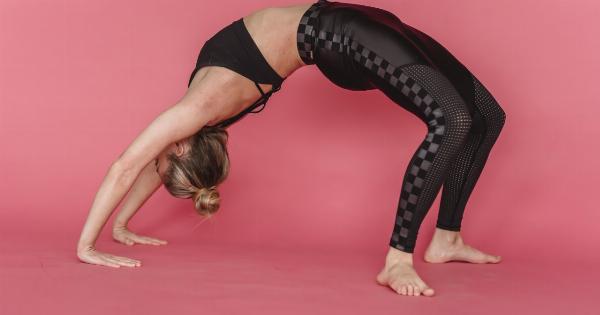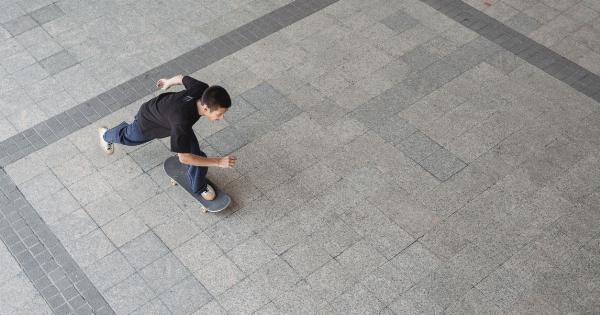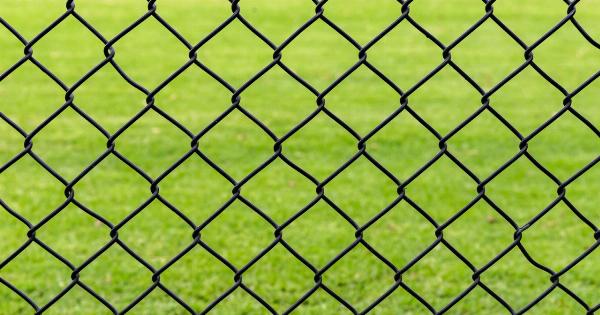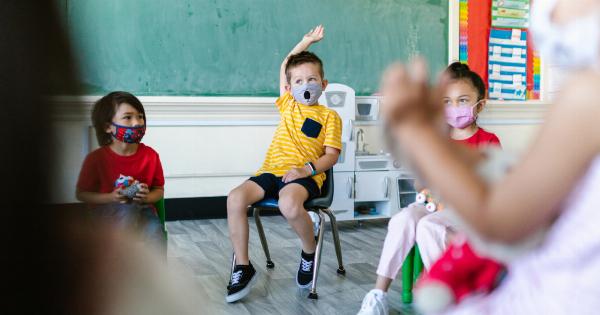Gymnastics is an intense sport that requires strength, flexibility, and grace. While it can be rewarding both physically and mentally, the risk of injury is high, especially if proper precautions are not taken.
In this article, we’ll explore some of the most common gymnastics injuries and ways to prevent them.
Sprains and Strains
Sprains and strains are among the most common injuries experienced by gymnasts. Sprains occur when a ligament is stretched or torn, while strains occur when a muscle or tendon is stretched or torn.
These injuries can occur in any part of the body, but are most common in the ankles, wrists, and knees. Proper warming up, stretching, and conditioning can greatly reduce the chances of sprains and strains.
Fractures
Fractures are another common injury in gymnastics. They occur when a bone is cracked or broken. These injuries can be caused by a fall or by the stress of repetitive motions.
Fractures can occur in any part of the body, but are most common in the arms, legs, and wrists. Proper technique, including landing techniques and safe spotting, can help to prevent fractures.
Torn Ligaments and Cartilage
Torn ligaments and cartilage are injuries that can occur in the knee and ankle joints. These injuries can be caused by a sudden twisting or pivoting motion. They can also be caused by overuse or repetitive stress.
Proper conditioning, strengthening exercises, and use of supportive braces can help to prevent these injuries.
Concussions
Concussions are a type of traumatic brain injury that can occur when the head suffers a hard blow or is shaken violently. These injuries can be caused by a fall or by hitting an object such as a vault or balance beam.
Proper supervision, use of protective headgear, and enforcement of proper technique can greatly reduce the risk of concussions.
Overuse Injuries
Overuse injuries are common in gymnastics due to the repetitive nature of many gymnastic movements. These injuries can be caused by stress on tendons, bones, and joints.
They can also be caused by improper technique or insufficient rest between training sessions. Proper conditioning, rest, and proper technique can help to prevent overuse injuries.
Burners and Stingers
Burners and stingers are injuries that involve the nerves that run through the neck and shoulder region. These injuries can be caused by a blow to the head or by stretching or compressing the nerves.
Symptoms include numbness, tingling, and weakness in the affected area. Proper warm-up, neck strengthening exercises, and use of protective gear can help to prevent these injuries.
Repetitive Strain Injuries
Repetitive strain injuries are injuries that result from repeating the same motion over and over again. These injuries can affect the muscles, tendons, and nerves. They can be caused by poor technique, insufficient rest, and inadequate warm-up.
Proper technique, conditioning, and rest can help to prevent repetitive strain injuries.
Prevention and Treatment
The best way to prevent gymnastics injuries is to take proper precautions. This includes warming up, stretching, and conditioning before each training session. It also includes proper technique, proper use of equipment, and proper supervision.
If an injury does occur, it is important to seek medical attention as soon as possible. Treatment may include rest, physical therapy, or in severe cases, surgery.
Conclusion
Gymnastics is a challenging and rewarding sport, but it is not without risks.
By taking proper precautions, including proper warm-up, stretching, and conditioning, and by practicing proper technique and use of equipment, gymnastics injuries can be greatly reduced. If an injury does occur, seeking prompt medical attention can help to minimize the effects and speed up recovery.









